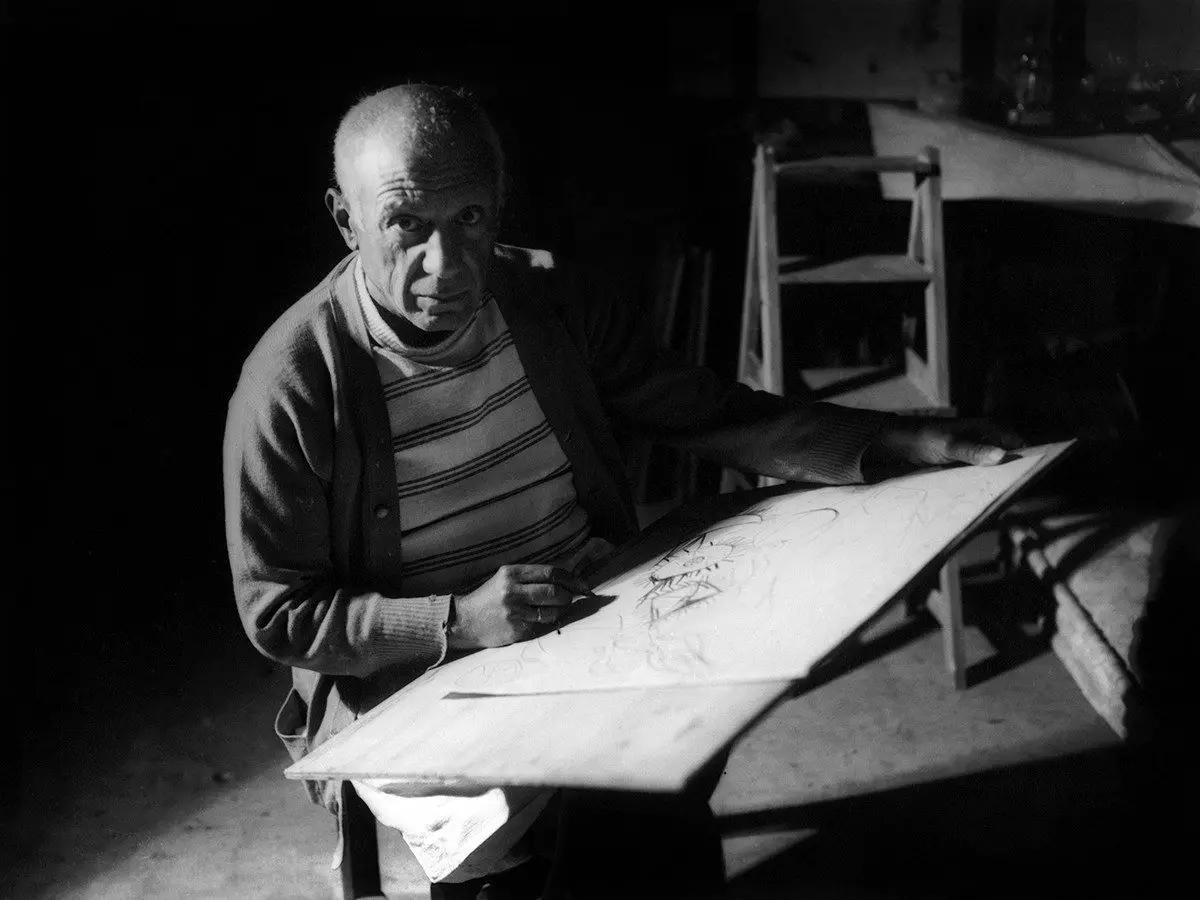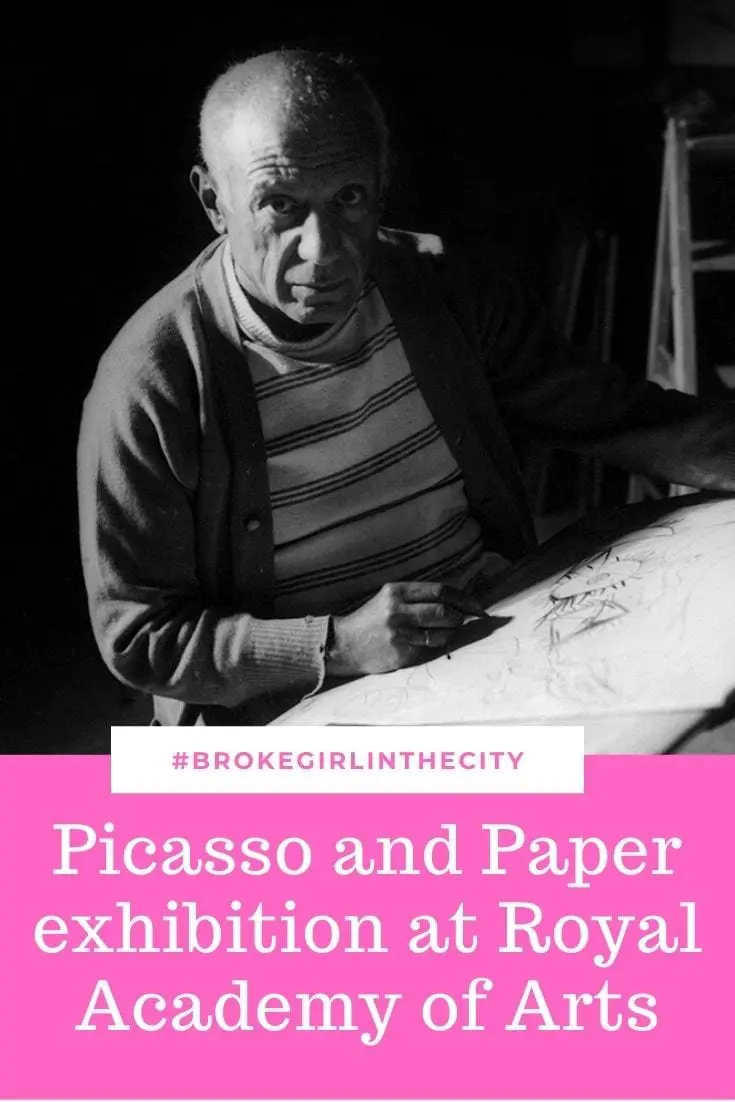
Picasso and Paper | Royal Academy of Arts | 25 January – 13 April
This January, the Royal Academy of Arts will present Picasso and Paper, the most comprehensive exhibition devoted to Picasso’s imaginative and original uses of paper ever to be held. Bringing together over 300 works and encompassing Picasso’s entire prolific 80-year career. This exhibition will focus on the myriad ways in which the artist worked both on and with paper. Offering new insights into his creative spirit and working methods. I have always been a huge fan of Picasso, so have been really keen to visit this exhibition this year.
Pablo Picasso (1881-1973)
One of the most important artists of the 20th century. Pablo Picasso (1881-1973) worked across a range of mediums including painting, sculpture, ceramics and graphic arts. He also invented a universe of art involving paper. His prolonged engagement with the medium grew from the artist’s deep appreciation of the physical world and his desire to manipulate diverse materials. Picasso drew incessantly. Using many different media, including watercolour, pastel and gouache, on a broad range of papers. He assembled collages of cut-and-pasted papers; created sculptures from pieces of torn and burnt paper; produced both documentary photographs and manipulated photographs on paper; and spent decades investigating an array of printmaking techniques on paper supports.
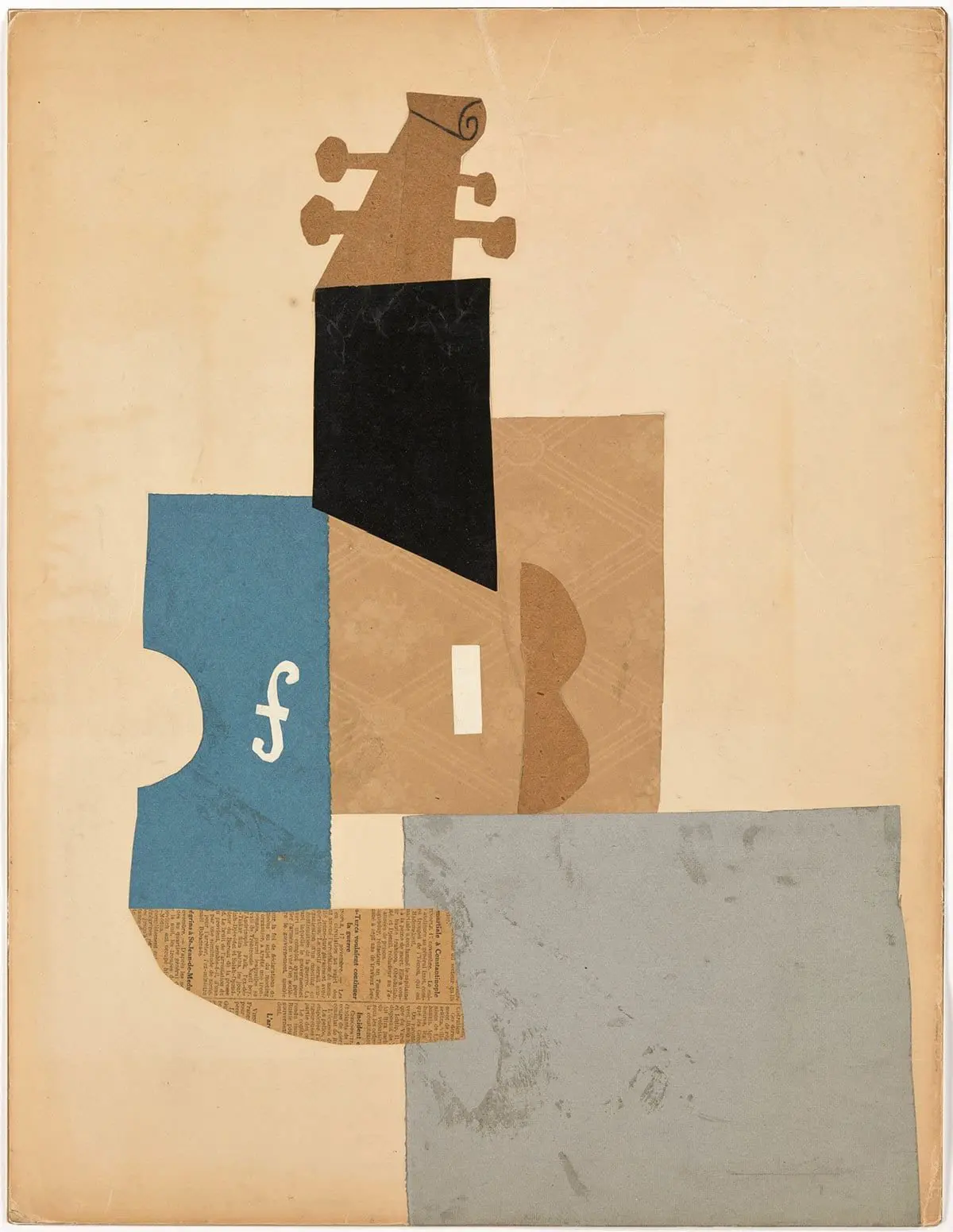
Exploration of all career stages
The exhibition will be organised within a broad chronological framework exploring all stages of Picasso’s career working with paper. Highlights will include Women at Their Toilette, winter 1937-38 (Musée national Picasso-Paris) an extraordinary collage of cut and pasted papers measuring 4.5 metres in length, which will be exhibited in the UK for the first time in over 50 years; outstanding Cubist papiers-collés such as Violin, 1912 (Musée national Picasso-Paris); and studies for Les Demoiselles d’Avignon, 1907 including Bust of Woman or Sailor (Study for ‘Les Demoiselles d’Avignon’), 1907 (Musée national Picasso-Paris).
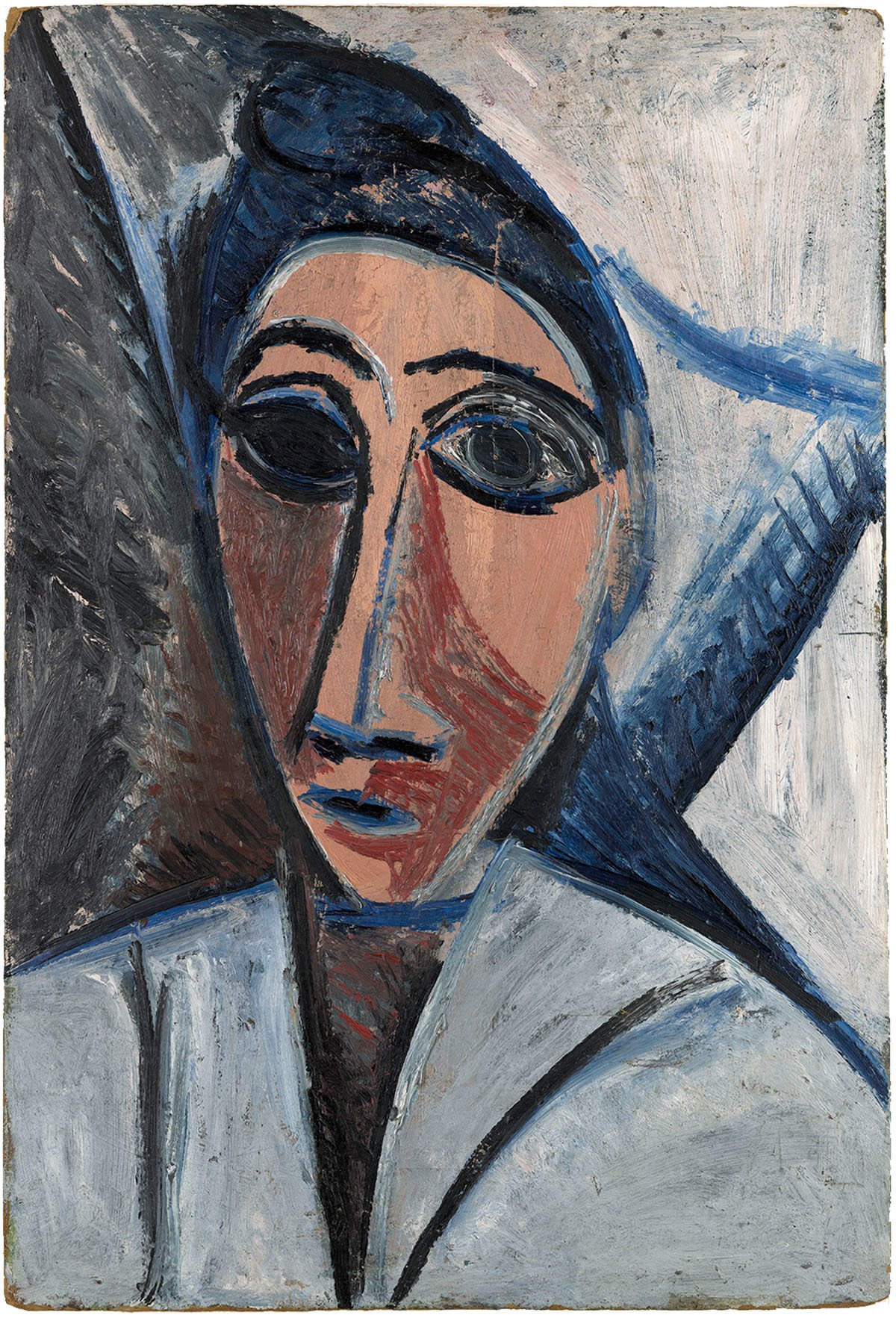
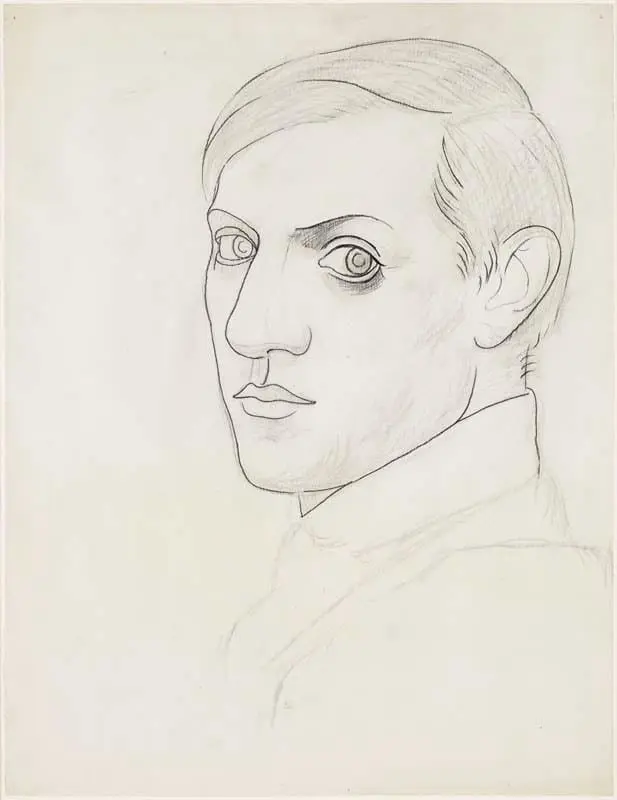
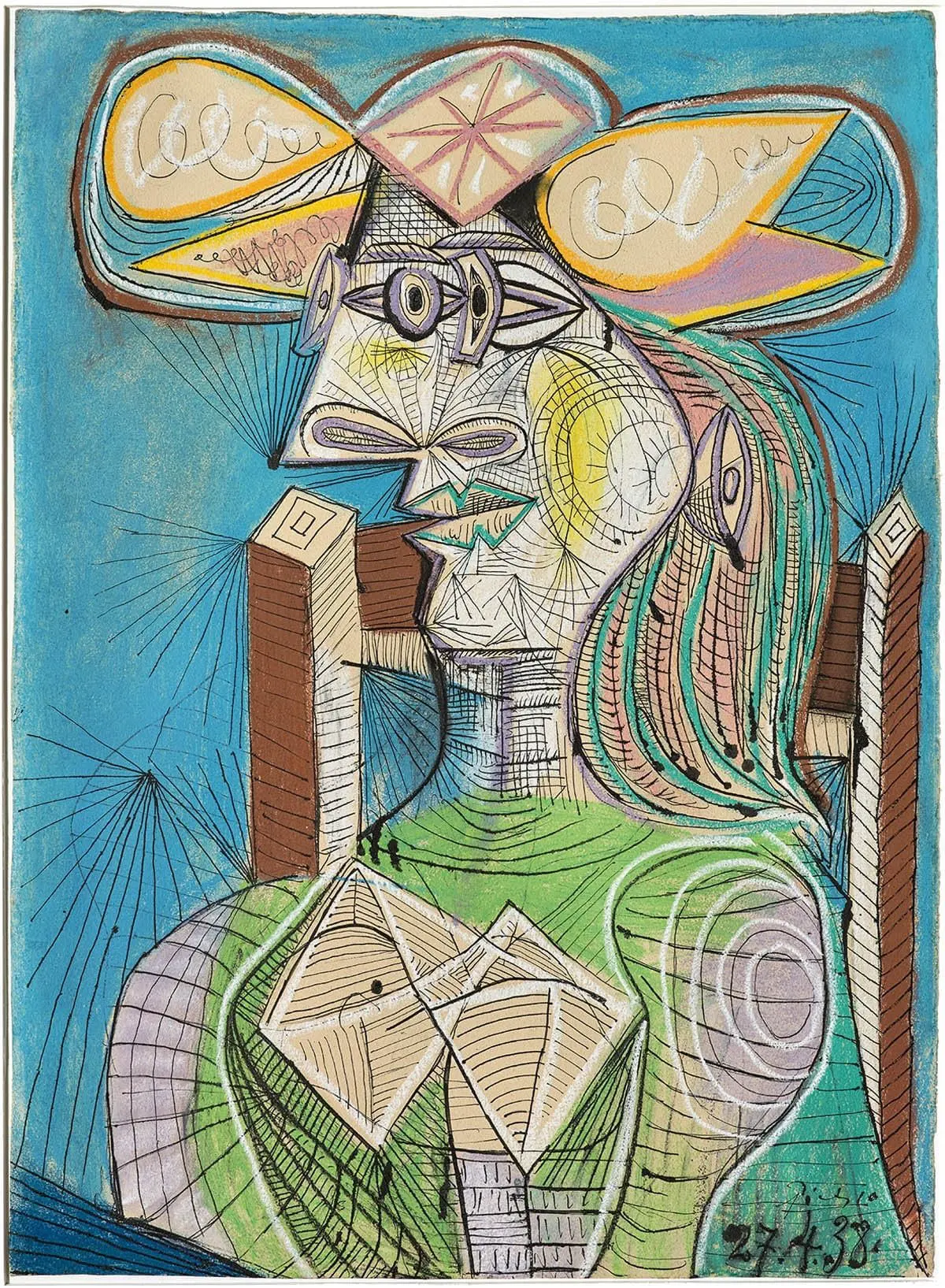
Picasso’s drawings on show
Picasso’s drawings, including Self-portrait, 1918 (Musée national Picasso-Paris) and Seated Woman (Dora), 1938 (Fondation Beyeler), will be fully presented throughout the show. These will feature alongside key examples of the variety of printing techniques that he explored. Etching, drypoint, engraving, aquatint, lithograph and linocut. Such as ‘Le Déjeuner sur l’herbe’ after Manet I, 26 January – 13 March 1962 (Musée national Picasso-Paris).
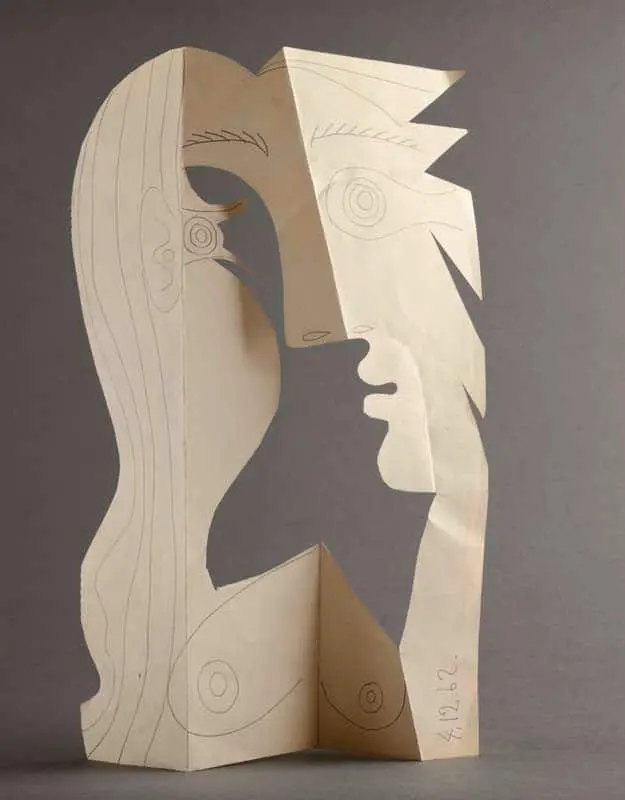
Unfolding themes will contextualise the paper works
Throughout the exhibition, a sequence of unfolding themes will contextualise the paper works, which will be displayed alongside a select number of closely related paintings and sculptures. For example, Picasso’s great masterpiece of the Blue Period, La Vie, 1903 (Cleveland Museum of Art), will be displayed with preparatory drawings and other works on paper exploring corresponding themes of poverty, despair and social alienation. Picasso’s Cubist bronze Head of a Woman (Fernande), 1909 (Musée national Picasso-Paris) will be exhibited together with closely associated drawings. The monumental sculpture of the war years, Man with a Sheep, 1943 (Musée national Picasso-Paris), will be displayed together with a group of large ink and wash drawings that amplify the sculpture’s emotional resonance.
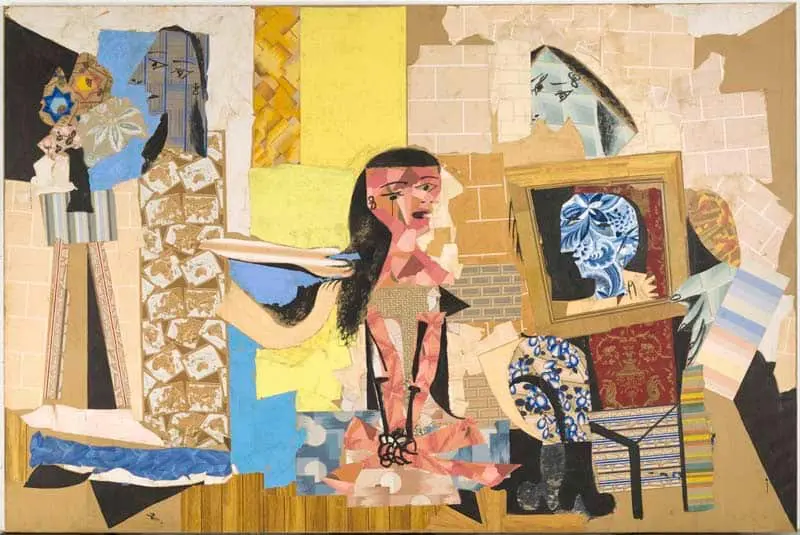
Focus on materials and techniques
A focused section within the exhibition will examine the materials and techniques used by Picasso over the course of his career. This will include an early woodcut printed by hand using a salad bowl as the block, the collaborative photograms he made with Dora Maar and later with André Villers, as well as experimental graphic works and illustrated books. A display ranging from newspaper and envelopes to antique laid papers with distinctive watermarks will demonstrate the different papers Picasso used, while the astonishing array of ephemera he kept – personal letters and cards decorated with drawings – will also be represented.
Le Mystère Picasso of 1955
The film Le Mystère Picasso of 1955, a remarkable documentary recording Picasso drawing with felt-tip pens on blank newsprint, will be shown alongside original drawings made for the production. The closing section focuses on Picasso’s last decade which saw the final flourishing of his work, particularly as a printmaker. Drawings and prints will be shown together with a series of copper plates, as well as Picasso’s printing press from the period.
The majority of the loans in the exhibition have been generously lent by the Musée national PicassoParis. Organisation Exhibition organised by the Royal Academy of Arts, London and the Cleveland Museum of Art in
partnership with the Musée national Picasso-Paris. Exhibition curated by Ann Dumas, Royal Academy of Arts, William Robinson, Cleveland Museum of Art and Emilia Philippot, Musée national Picasso-Paris.
Picasso and Paper – Exhibition Info
Royal Academy of Arts, London 25 January – 13 April 2020
The Cleveland Museum of Art, Ohio 24 May – 23 August 2020
Accompanying Publication
A new publication with texts by Violette Andres, Stephen Coppel, Ann Dumas, Emmanuelle Hincelin, Christopher Lloyd, Emilia Philippot, Johan Popelard, Claustre Rafart Planas and William Robinson, will accompany the exhibition.
Dates and Opening Hours
Saturday 25 January – Monday 13 April 2020
10 am – 6 pm daily (last admission 5.30 pm)
Late night opening: Fridays until 10 pm (last admission 9.30 pm)
Admission
Prices will range from £18 – £22 (£20 – 24.50 including Gift Aid donation). Concessions available; under 16s go free; Friends of the RA go free.
Tickets
Tickets for Picasso and Paper are available daily at the RA or online
Group bookings: Groups of 10+ are asked to book in advance.
Useful information
★ Allow 1 – 2 hours.
★ Book ahead, especially for weekend visits.
★ 6 – 10 pm on Fridays are typically a quieter time to visit.
★ RA is unable to store large bags, luggage or scooters.
★ Friends of the RA can visit any time, even during sold-out slots.
RA Friends Membership
You can also buy an all-access pass to every exhibition at the RA, from Lucian Freud, Picasso and Cézanne, to Gauguin, Marina Abramović, Tracey Emin and Edvard Munch.
You can invest in an annual membership to the Royal Academy of Arts if you intend to visit exhibitions throughout the year. A membership will cost you £128 which is for you to go to exhibitions all year with a family member. If an average ticket costs £18, then it will start to save you money if you attend each month.
More reasons to join the RA
★ Bring a family member and up to four children under 16 to all exhibitions.
★ Beat the crowds at Friends-only viewing hours.
★ Enjoy Friends preview days for all major exhibitions.
★ Relax in the cafés and hidden garden of the Keeper’s House.
★ Delve deeper with RA magazine four times a year.
★ Splurge at the RA Shop with an extra 10% off instore and online.*
*T&Cs apply. Exhibition programme 2020.
